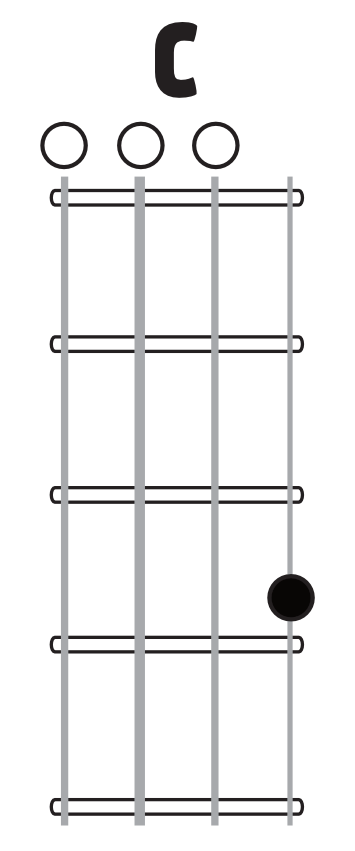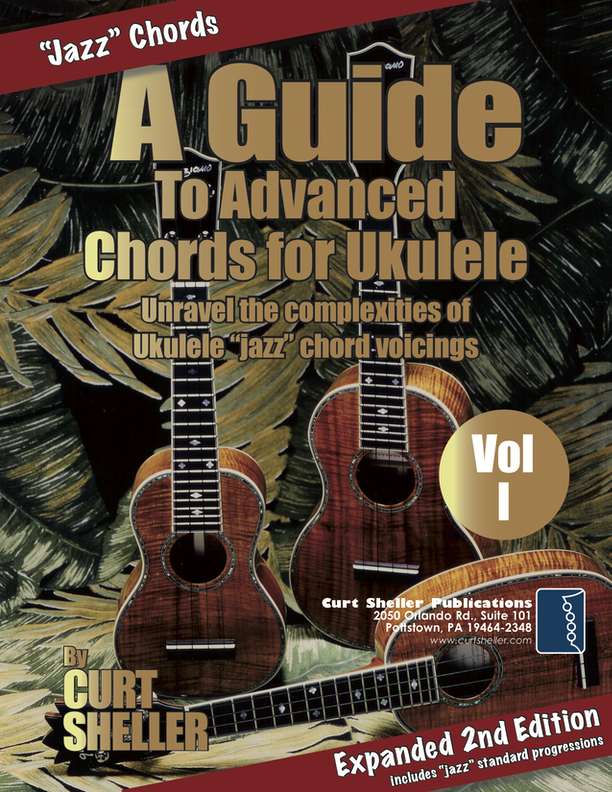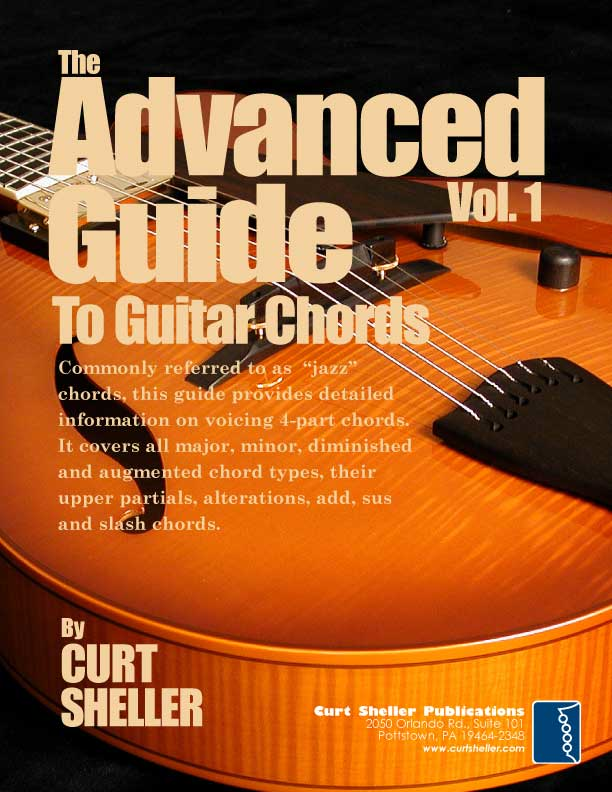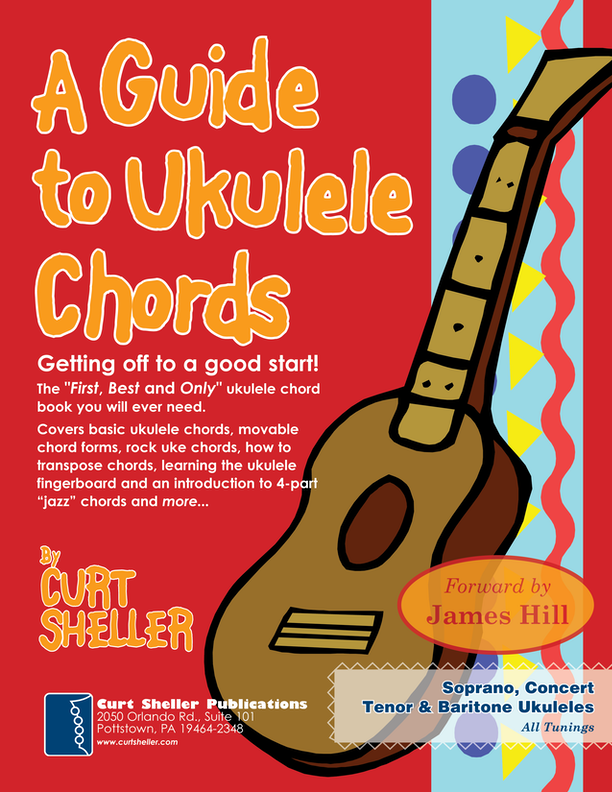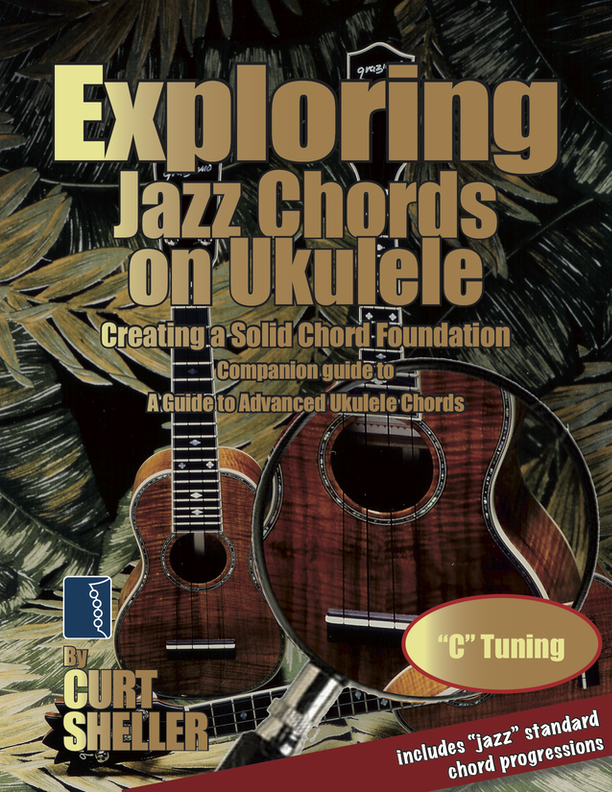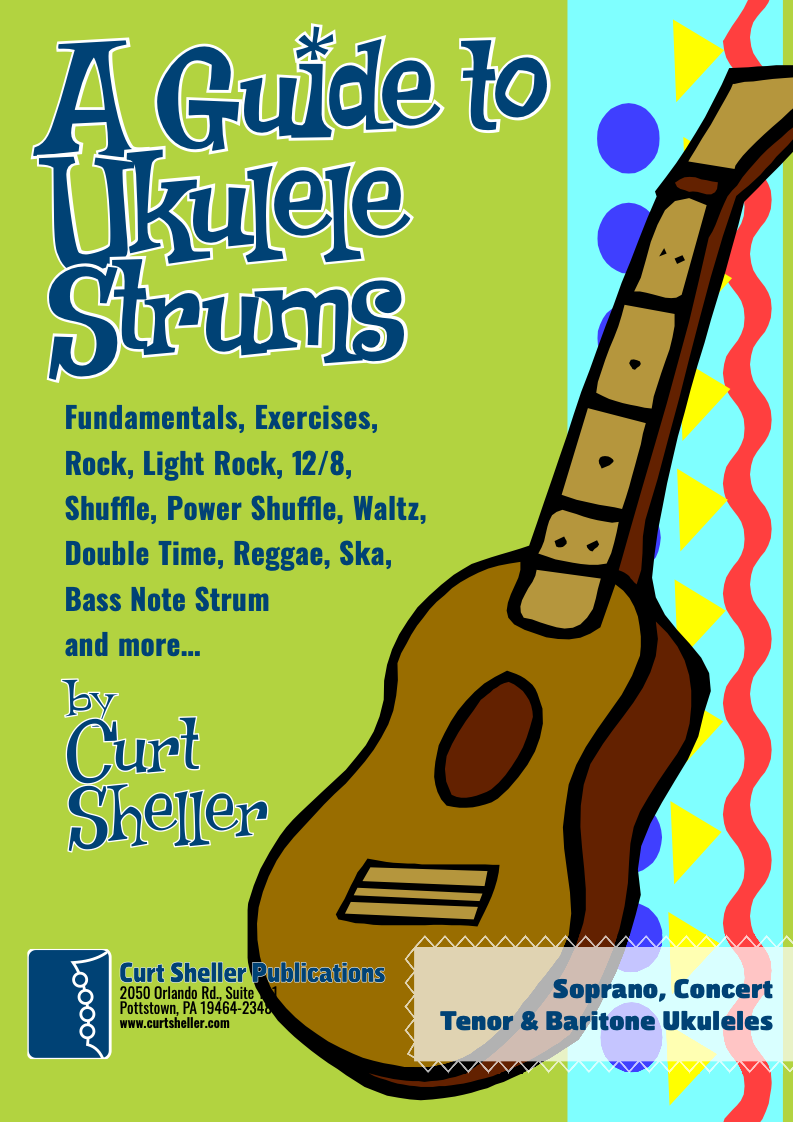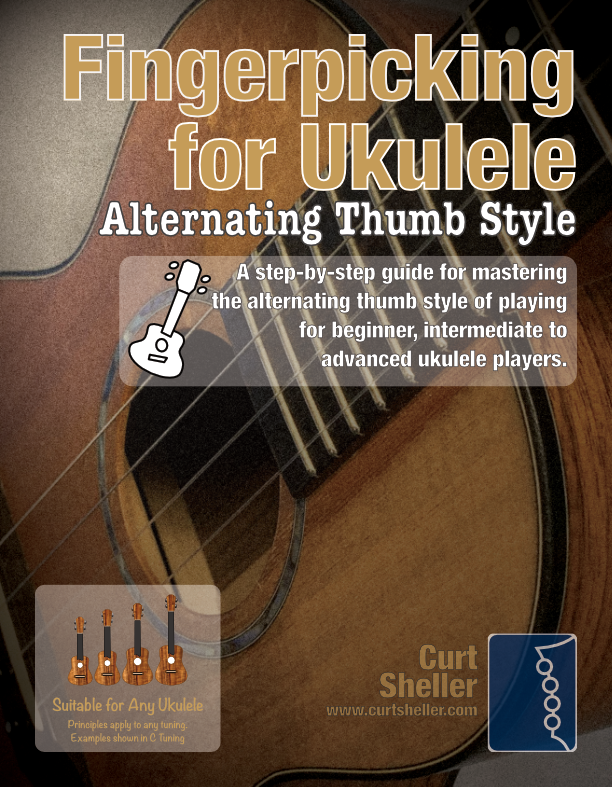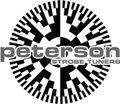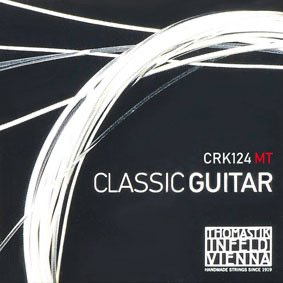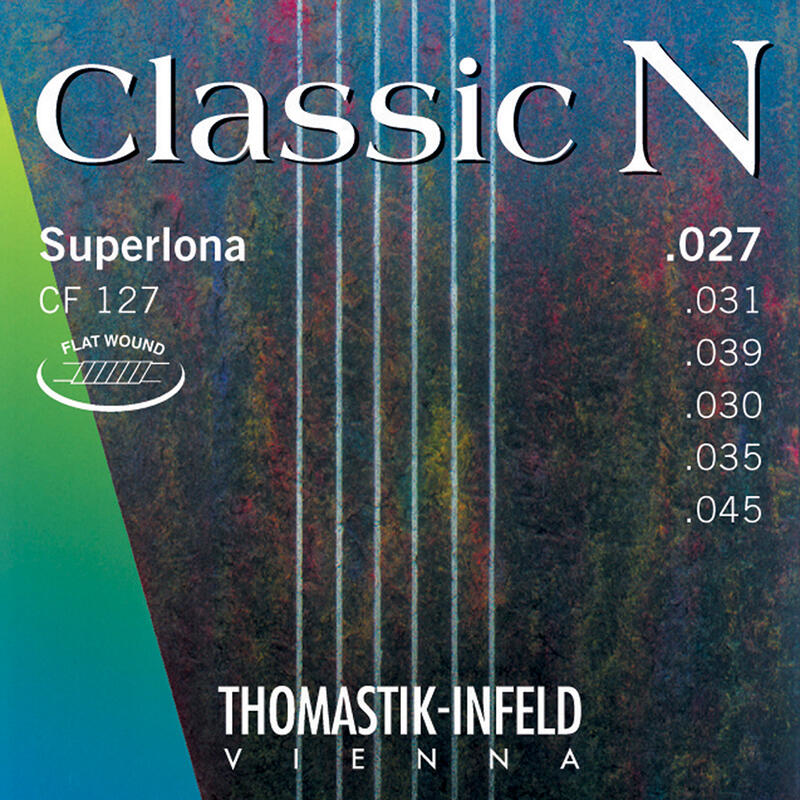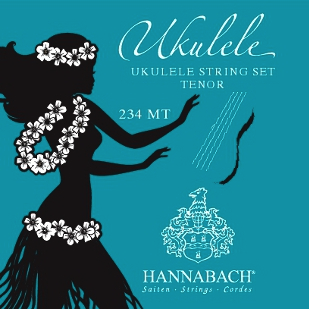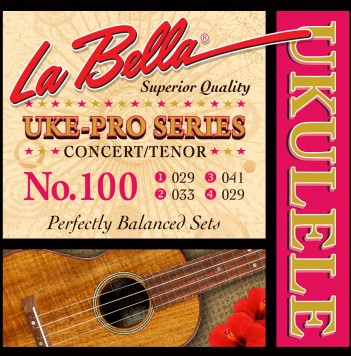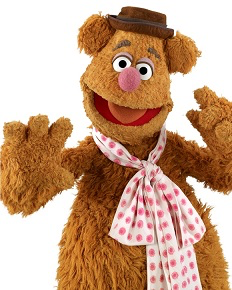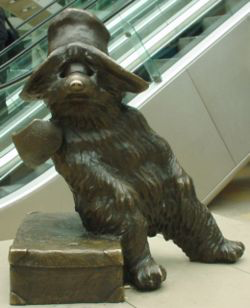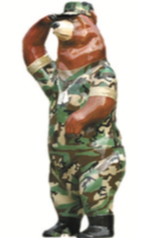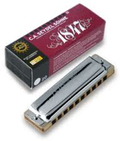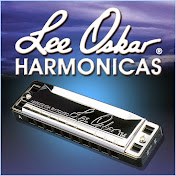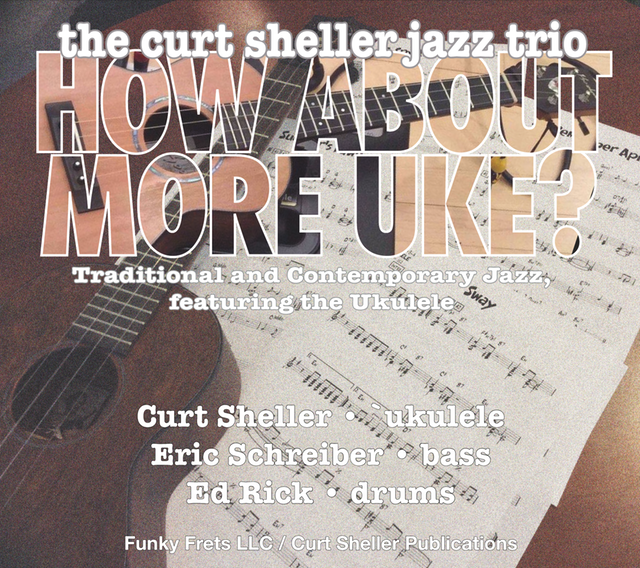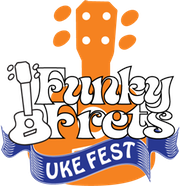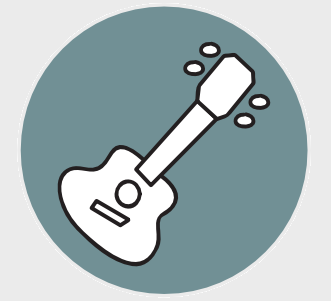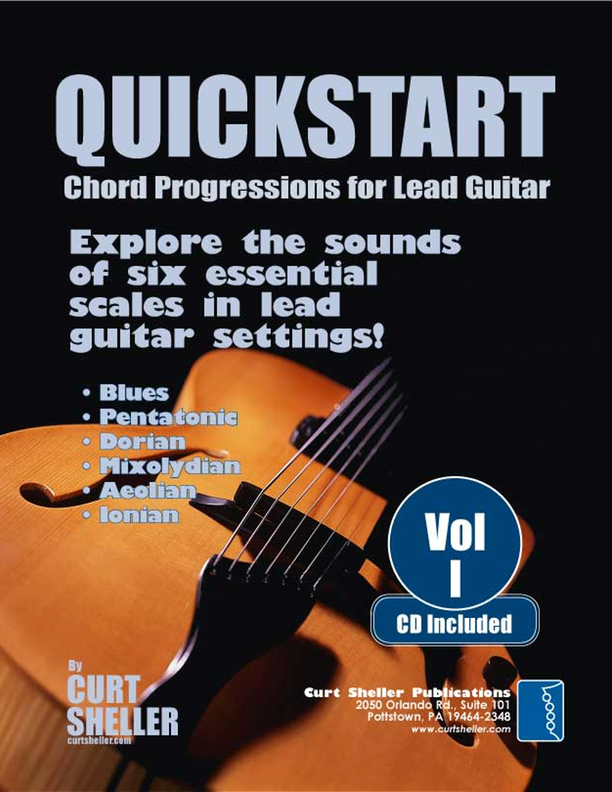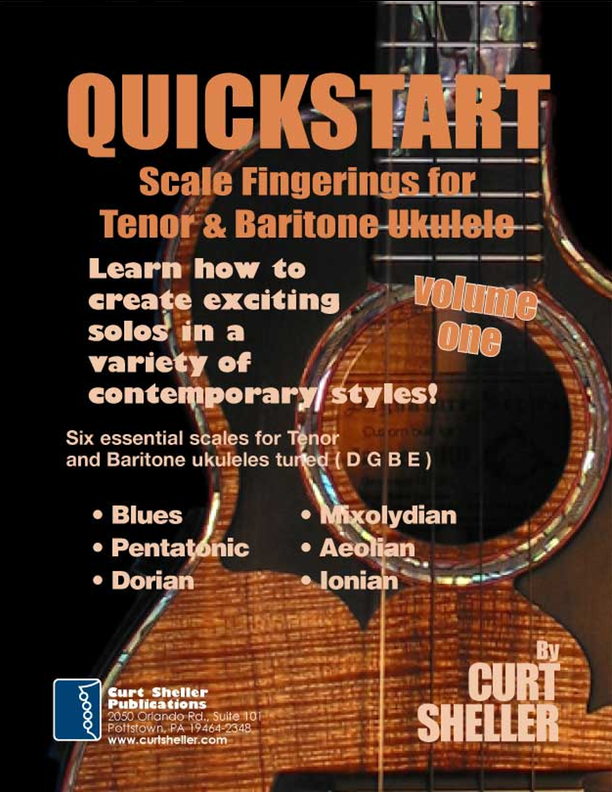Share Altered Scales Choices
on:
Bluesky
•
facebook
•
twitter (X)
Altered Scales Choices
Alterted scale choices for improvisation.
Additional Content
Available for Premium Site Access Plans Only
Sorry, can't give it ALL away!
This content requires a Premium / Gold Access Plan or enrolled in the Study with Curt - On-line or Private Lesson Program.
To view additional content for this page you'll need to either Sign In or Register or Upgrade to a Premium Site Access Plan.
Altered Scales
Mixolydian +4
Lydian Dominant

C Mixolydiaan +4
Mixolydian -2 -6

C Mixolydiaan -2 -6
Additional Mixolydian Scale Alterations
b9 #9 #11/b5 #5/b13
Altered Scale Choices
Alterations of various scale degrees affect resolution. This resolution wants to resolve major or minor. For major resolutions the thirteenth scale degree is typically not altered. For minor resolutions the thirteenth scale degree can be lowered (b13).
b9 #9 #11/b5 #5/b13
-9, + 9
-13
9
13
Major or Minor Resolution
Minor Resolution
Major Resolution
Major Resolution
Other scale choices can provide altered notes as well. Here are a few common choices musicians have used to collect these alterations.
Keep in mind that the color tones of a chord are the third and seventh of the chord. In the key of C the G Mixolydian scale is used, the fifth mode of the C major scale.
In the key of C Major the G Mixolydian (Dominant) scale is used. The Mixolydian scale is the fifth mode of the C major scale.
Example C7: C E G Bb (1 3 5 b7)
CT
ST
ALT
Chord Tone
Scale Tone, a Diatonic Passing Tone based on the Mixolydian scale
Altered Tone
Locrian on the Root of Chord • Mix -2 +2 -5 +5

The Locrian scale starting in the root of a seventh chord contains the seventh color tone but not the third. The C Locrian is the seventh mode of the Gb Ionian/Major scale.
Locrian on the 5th of Chord • Mix -2 +2 +5

The Locrian scale starting in the fifth of a seventh chord contains the seventh color tone by not the third. The G Locrian is the seventh mode of the Ab Ionian/Major scale.
Tonic Minor 1/2 Step Up From Root of Chord Mix -2 +2 -5 +5
Amongst jazz players, the most common approach to collecting all the possible alterations of a dominant chord. Sometimes referred to as the “Jazz” minor scale.
The scale contains both the third and seventh color tones.
Mixolydian Double Chromatic
NOTE: The -2 +2 with the third presents a Mixolydian/Dominant scale is a Double Chromatic scale. This gives you a b9 and #9 chord tones. This a great scale choice to 7b9 and 7#9 chords.
1 -2 +2 3 4 5 6 b7 8
This Double Chromatic concept can also be applied the the fifth (5) of a Seventh chord for a -5 +5 (b5 #5). Theis ia great choice for a 7b5 and 7#5 scale.
1 2 3 4 b5 #5 6 b7 8
My thinking on these altered scales is to REALLY know the notes of your instrument and derive these alterations (ALT), the altered notes from the core Mixolydian scales.
As you might see you can simply take you basic scale and alter the notes your need on the fly.
Tonic Minor on the 5th of Chord • Mix +4 from Root of Target Chord
Amongst jazz players, the most common approach to collecting all the possible alterations of a dominant chord. Sometimes referred to as the “Jazz” minor scale.
The scale contains both the third and seventh color tones.
Bebop Scales
Dominant Seventh, Minor Seventh, Major Seventh - A Term coined by David Baker. This is just a traditional scale with a chromatic passing tone added to have the chord tones fall on every down beat. Useful when starting on the beat and on a chord tone then playing straight up the scale for one octave from the starting point.
This scale is a synthetic scale with and added chromatic passing tone and not really a new scale. Traditional diatonic scale theory dictates that a scale can not have two scale degrees using the same letter, whether the letter is altered or not.
Sign-IN — it's FREE — to view, un-blur any additional content for this lesson.
End of Lesson - Thanks, Hope You Enjoyed It!
Related Lessons, Videos, Lesson Series, Songs, Books & Reference Charts, Resources & Assets, Workshops are below.
Related Lessons
Related Lessons for Altered Scales Choices
.
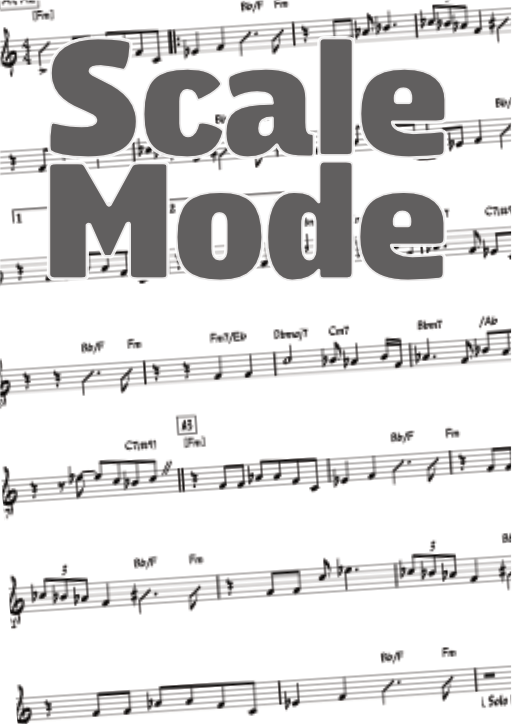
What is the Difference Between a Scale and a Mode?
Updated: 08 Jun 2023
The terms "scale" and "mode" are often used interchangeably, but strictly speaking, there is a significant difference between them in music theory. Although they may share the same set of notes, a scale and a mode or modal scale are not the same thing. It's important to note that a scale and a mode can contain the same notes.
Related Lesson Series
Related Lessons Series for Altered Scales Choices
.
QuickStart Scale and Arpeggio Fingering Series
Updated: 01 Jan 2003
QuickStart Scale and Arpeggio Fingering Series are a concise, well-organized series of books and lessons ideal for any ukulele, guitar or fretted string player beginning to explore scales and arpeggios. Unlike so many other instruction books on the market, QuickStart Scale and Arpeggio Fingering Series keeps a sharp focus on the six critical scales, their fingerings and their related chords. All material is covered in every key.
Related Songs
Related Songs for Altered Scales Choices
.
Related Books & Charts
Related Books for Altered Scales Choices
.

Harmonic Analysis for Scale Selection and Chord Substitution
Updated: 08 Jun 2024
Harmonic Analysis is the understanding of the functional sequence of chords. It is the process used to analyze the harmonic structure of a progression, song or composition. This analysis is then used to make scale selections for improvisation and chord substitution.
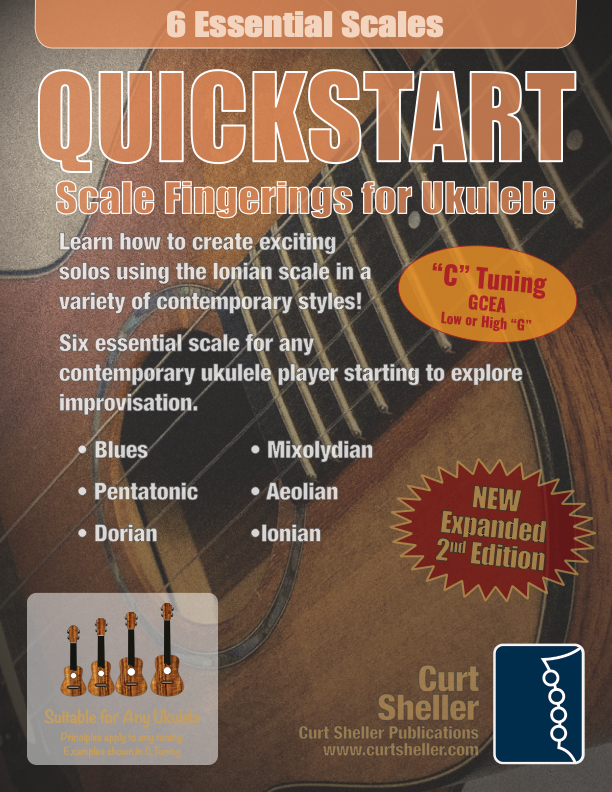
QuickStart Scale Fingerings for Ukulele, Volume I, C Tuning
Updated: 01 Apr 2024
Learn to create exciting solos in a variety of contemporary styles! Scales are used to improvise, create melodies and riffs. With broad knowledge of the essential scales that are used in contemporary music and a mastery of the ukulele's fingerboard and fingering principles, you're well on your way.
A Selection of Books & Reference Charts that are recommended for creating a solid foundation with your chosen instrument and music in general.





Checkout the Books for additional Handy, Dandy Reference Charts.
Reference Charts



Key Signatures — Circle of Fourths and Fifths – ANSI A & A4 sizes
A handy reference chart of all 15 major and relative minor key signatures. US Letter 8.5 x 11 sized (ANSI-A), A4
Checkout the Books for additional Handy, Dandy Reference Charts.
